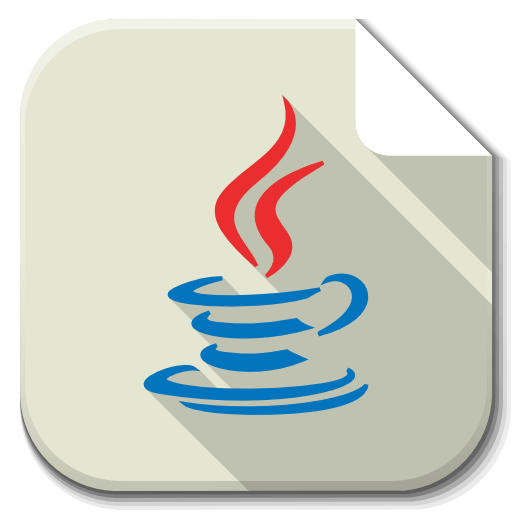TensorFlow and PyTorch are two popular open-source frameworks used for training and using language models (LLMs). Although they aren’t designed specifically for LLMs, they provide the tools needed to create and work with these models.
TensorFlow Example:
import tensorflow as tf
# Define the model architecture
model = tf.keras.Sequential([
tf.keras.layers.Embedding(input_dim=vocab_size, output_dim=embedding_size),
tf.keras.layers.LSTM(units=lstm_units, return_sequences=True),
tf.keras.layers.LSTM(units=lstm_units),
tf.keras.layers.Dense(units=vocab_size, activation='softmax')
])
# Compile the model
model.compile(optimizer='adam', loss='sparse_categorical_crossentropy', metrics=['accuracy'])
# Train the model
model.fit(X_train, y_train, epochs=num_epochs, batch_size=batch_size)
# Generate text
seed_text = "This is the start of the sentence."
next_words = 10
for _ in range(next_words):
token_list = tokenizer.texts_to_sequences([seed_text])[0]
token_list = pad_sequences([token_list], maxlen=max_sequence_len - 1, padding='pre')
predicted = model.predict_classes(token_list, verbose=0)
output_word = tokenizer.sequences_to_texts([[predicted[-1]]])[0]
seed_text += ' ' + output_word
print(seed_text)
Explanation:
- Setting up the model:
- Using TensorFlow’s Keras API, we define a simple model with layers like Embedding (to convert words to numbers), LSTM (to understand sequence patterns), and Dense (to output probabilities of next words).
- Training the model:
- We train the model with data (X_train and y_train) that is already prepared and divided into batches. This helps the model learn to predict the next words in sequences.
- Generating text:
- After training, we use the model to predict the next word given a starting text (
seed_text). We repeat this process (next_wordstimes) to generate a longer sequence of text.
- After training, we use the model to predict the next word given a starting text (
PyTorch Example:
import torch
import torch.nn as nn
# Define the model architecture
class LanguageModel(nn.Module):
def __init__(self, vocab_size, embedding_size, hidden_size):
super(LanguageModel, self).__init__()
self.embedding = nn.Embedding(vocab_size, embedding_size)
self.lstm = nn.LSTM(embedding_size, hidden_size)
self.linear = nn.Linear(hidden_size, vocab_size)
def forward(self, input_seq, hidden=None):
embeddings = self.embedding(input_seq)
output, hidden = self.lstm(embeddings, hidden)
output = self.linear(output.view(-1, output.size(-1)))
return output, hidden
# Create the model instance
model = LanguageModel(vocab_size, embedding_size, hidden_size)
# Training loop
for epoch in range(num_epochs):
for batch in data_loader:
input_seq, target_seq = batch
output, hidden = model(input_seq)
loss = criterion(output, target_seq.view(-1))
optimizer.zero_grad()
loss.backward()
optimizer.step()
# Generate text
seed_text = "This is the start of the sentence."
input_seq = tokenizer.texts_to_sequences([seed_text])
input_seq = torch.tensor(input_seq)
hidden = None
for _ in range(next_words):
output, hidden = model(input_seq, hidden)
predicted = output.max(1)[1]
output_word = tokenizer.sequences_to_texts([[predicted.item()]])[0]
seed_text += ' ' + output_word
input_seq = tokenizer.texts_to_sequences([output_word])
input_seq = torch.tensor(input_seq)
print(seed_text)
Explanation:
- Setting up the model:
- Using PyTorch, we define a model using
nn.Modulewith layers like Embedding (to convert words to numbers), LSTM (to understand sequence patterns), and Linear (to predict the next words).
- Using PyTorch, we define a model using
- Training the model:
- We train the model by looping through batches of data (
data_loader). This involves computing the loss (difference between predicted and actual values) and updating model parameters to minimize this loss.
- We train the model by looping through batches of data (
- Generating text:
- After training, similar to TensorFlow, we use the model to predict the next word given a starting text (
seed_text). We iterate this process (next_wordstimes) to generate a longer sequence of text.
- After training, similar to TensorFlow, we use the model to predict the next word given a starting text (
Both examples show how to build and train simple language models using TensorFlow and PyTorch. Real-world models like GPT, BERT, and T5 are more complex and require specialized setups and significant computing resources.
For practical use, leveraging pre-trained models and libraries like Hugging Face Transformers can be more efficient, especially for smaller projects or quick development needs. These libraries offer pre-built models and tools designed specifically for NLP tasks, making them easier to use and deploy.

[…] A- Hugging Face TransformersB- Anthropic’s models and APIsC- TensorFlow and PyTorch for LLMs […]